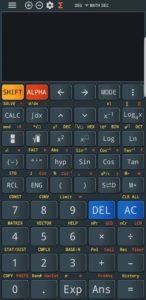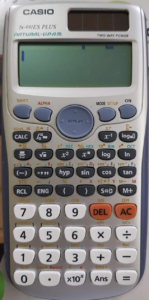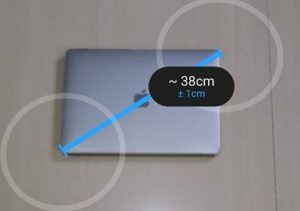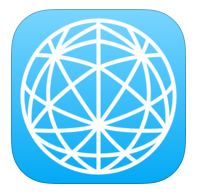Calculators That I Use Nowadays
I have shared several decent calculators and graphing tools in this blog, but in this post, I’m going to share the calculators that I actually use nowadays. The calculators I use depend on the task that I’m doing. I use my phone for short and simple calculations, but if I’m studying or working for an hour or more, I use an actual calculator to avoid distractions. Here are the four calculators that I use most of the time.
1.) Calculator (Mac)
When I’m using my laptop, I use the default calculator app of MacOS. This app allows the user to choose among basic, scientific, and programmable modes. It also supports base 8, base 10, and base 16 number systems. Personally, I only use the basic and scientific calculators and I have not tried the programmable calculator yet.
2.) Google’s Calculator App (Android)
Google’s calculator is a simple and beautifully designed app for basic calculations and scientific calculations. It can store previous calculations. I like the simplicity of this app, so I use it most of the time for basic calculations when I’m using my Android phone. This app is compatible with WearOS.
3.) Advanced Calculator FX991 (Android). This is a paid app but I really like it because it mimics the interface of an actual calculator (see image below). I’ve been using it for six months and so far, I really liked it.
4.) Casio FX991 ES Plus. Aside from apps, I also keep a Casio 991ES Plus. It’s not that I wanted to buy this calculator, but it was the only decent calculator in a store the time when I wanted to buy one. So far, so good, I’ve gotten used to it. I think I will be using it for a long time.
That’s all. Maybe you can share the calculators that you’re using in the comment section below.



